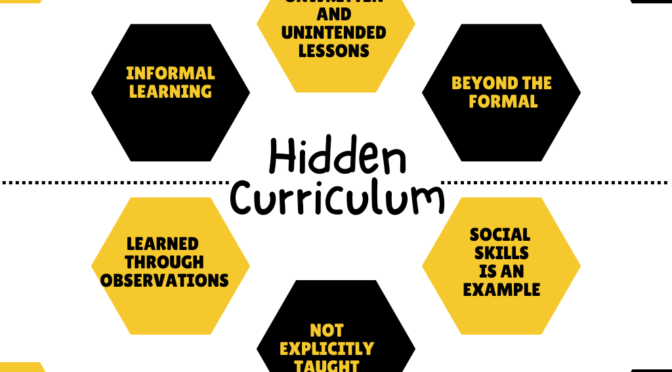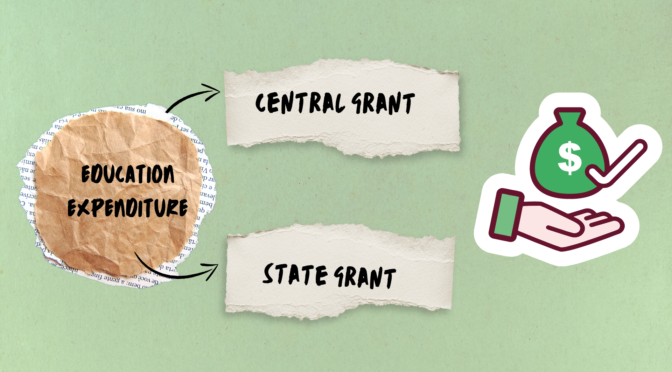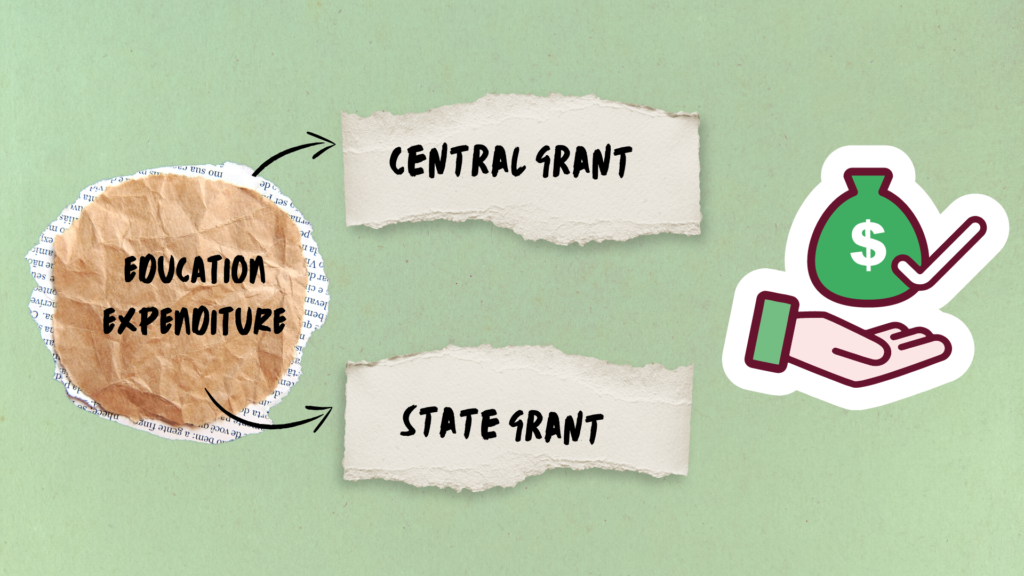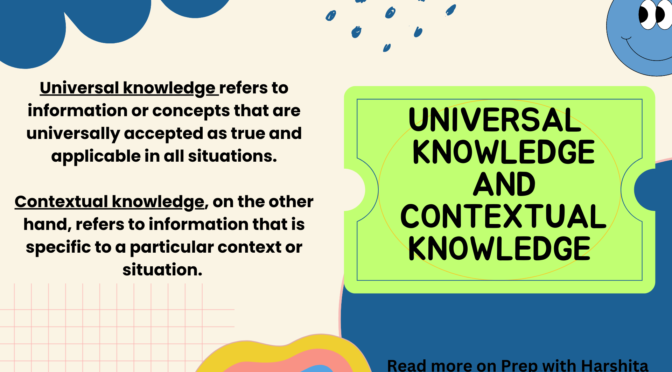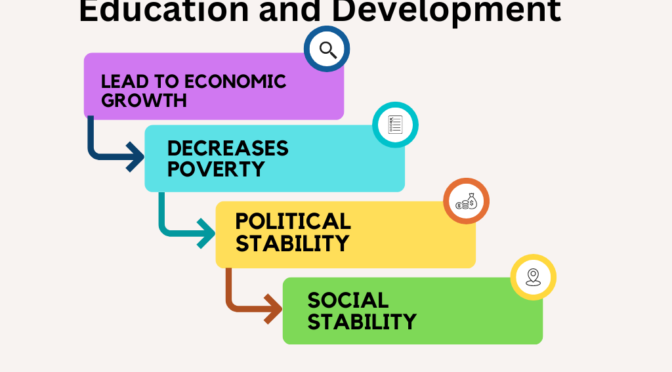The hidden curriculum refers to the unwritten, implicit, and often unintended lessons, values, and norms that students learn in schools, beyond the formal and explicit curriculum. It is called “hidden” because it is not explicitly taught but is rather transmitted through the socialization and culture of schools. The hidden curriculum can have both positive and negative effects on student’s academic and social development.
Examples of the hidden curriculum include:
- Socialization: Schools not only teach academic skills but also teach social skills. For eg, such as how to interact with others, follow rules, and respect authority. These social skills are often learned through observation and imitation of teachers and peers.
- Conformity: Schools reinforce conformity to social norms and expectations, such as following dress codes, speaking in standard English, and adhering to classroom rules. This can lead to students suppressing their individuality and creativity in order to fit in.
- Gender roles: Schools reinforce traditional gender roles, such as boys being encouraged to participate in sports and girls being encouraged to pursue artistic or nurturing activities. This can limit students’ opportunities and perpetuate gender stereotypes.
- Cultural biases: Schools can transmit cultural biases, such as racism, sexism, and homophobia, through the curriculum, textbooks, and classroom interactions. This can lead to discrimination and marginalization of certain groups of students.
- Work ethic: Schools often emphasize the importance of hard work, punctuality, and discipline. While these values are important for academic success, they can also lead to stress, anxiety, and burnout in students who feel pressured to perform.
- Informal Learning: It is an informal way of learning. It is not directly taught but is transmitted through the socialization and culture of the institution. It is learned through the observation and imitation of behaviors and actions of teachers, peers, and the environment.
- Unconscious Learning: Students are often unaware that they are learning the hidden curriculum as it is not explicitly taught. The hidden curriculum is often implicit and unconscious, and students learn it through the socialization process of the school.
- Impact on Student Development: The hidden curriculum can have a significant impact on the social and emotional development of students. It can shape their attitudes toward education, work, and society.
It is important for educators to be aware of the hidden curriculum and examine the messages that students are receiving. By being intentional about the values and norms that they promote, educators can create a more equitable and inclusive learning environment.


